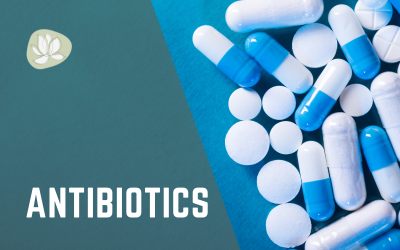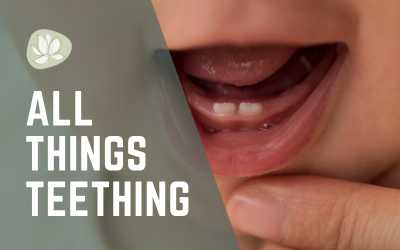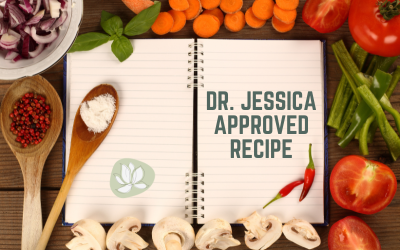You may have never heard of Xanthan Gum, but chances are it’s lingering in many of your packaged foods.
It’s one of those sneaky ingredients mixed into the back of your foods, amongst other long, weird words on the label, that can be causing some health issues.
But what is it exactly?
Xanthan gum is the isolated coating of a bacterial mold, which is commercially grown on the sugar of corn, and also grows on soy, wheat, and some vegetables. Think of the black spots on your veggies in the fridge that are a little past their prime. That is Bacterium Xanthomonas Campestris.
The sugar and the bacteria create a slimy substance that is dried, made into powder, and then used in foods as a binder. Looking for these ingredients is essential if you are gluten-free because you may have a problem if your Xanthan gum is grown on wheat. You would need to see the words Certified Gluten Free to know this is safe. But it’s also an issue if you are avoiding round-up-based foods, corn, and soy. However, it’s shocking that mold slime would be a viable ingredient for human consumption as it’s known to cause side effects like bloating, flu-like symptoms, and even lung issues.
Where else is Xanath Gum hiding?
- Soups
- Syrups
- Sauces and gravies
- Salad dressings
- Fruit juices
- Ice creams
- Personal Care Products
- Creams
- Lotions
- Shampoo
- Toothpaste
- Industrial Products
- Fungicides, herbicides and insecticides
- Tile, grout, oven, and toilet bowl cleaners (important to remember touching these products can inflame the gut too)
- Paints
- Fluids used in oil drilling
- Adhesives like wallpaper glue
Super exciting to have food and industry share the same ingredients. (that was my sarcastic font if you were curious to know).
Use this as a reminder to read the ingredient labels of the food you’re buying, put back those you don’t recognize, and if you ever need help deciphering the best choices out there, we are here for you.




Recent Comments